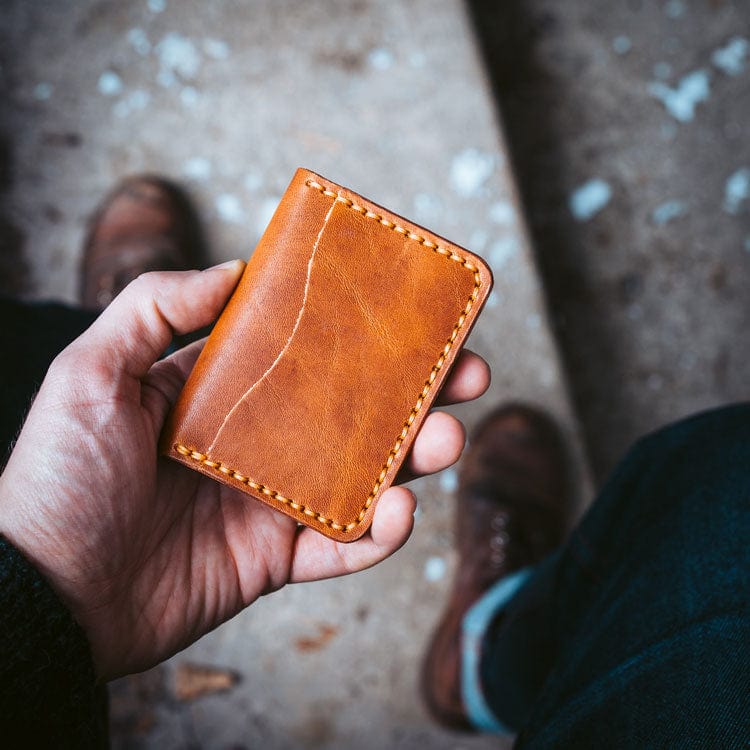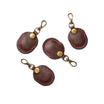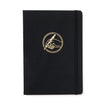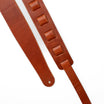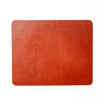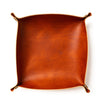Tawing
Leather Terminology / Leather Tanning
noun
Definition of Tawing
Tawing is a leather tanning method that uses alum and other aluminum salts together with binders like flour, egg yolk, and other salts.
It’s one of the oldest tanning methods invented in Mesopotamia and spread to Egypt in the early fifteenth century.
Alum, a naturally occurring double salt (which can also be produced artificially), was mined for tanning skins to transform them into soft, distinctive white leather used for ladies’ shoes, covers, gloves, and fur skins.
Today, tawing is still used for tanning small animals like pigs, goats, and sheep. The animal’s skin is first dried or salted to preserve it, then soaked in a concentration of warm alum and other salts.
Next, the skin is neutralized in a sodium bicarbonate solution, and the hairs are removed in a lime pit. This pit loosens, cleans, and swells the hides fiber structures.
The skin is then trimmed to remove the remaining dirt, hair, grease, or lime. And the clean skin is now immersed in warm water containing animal dung or cereal husks. It’s then hung for weeks to age, and the alum salts get fixed to the skin as time passes.
The final result is a stiff, firm leather, which is tumbled and greased to make it softer.
Tawing makes leather white and extremely water sensitive.

Example of Tawing in a Sentence
"Tawing was traditionally used on pigskins to create the whitest leather products."
Synonyms: alum tanning
Related Terms for Tawing

Written by Ryan Popoff
Ryan Popoff is the creative mind behind Popov Leather wallets, iPhone cases, belts, watch bands and journals since 2013. With a Bachelor Degree in Fine Arts, my leatherworking journey began at home. I wanted to create a simple leather wallet that could fit into my front pocket and — to my delight — it was a hit with family and friends. Hopefully you love our honest, quality leather goods too! Read more


